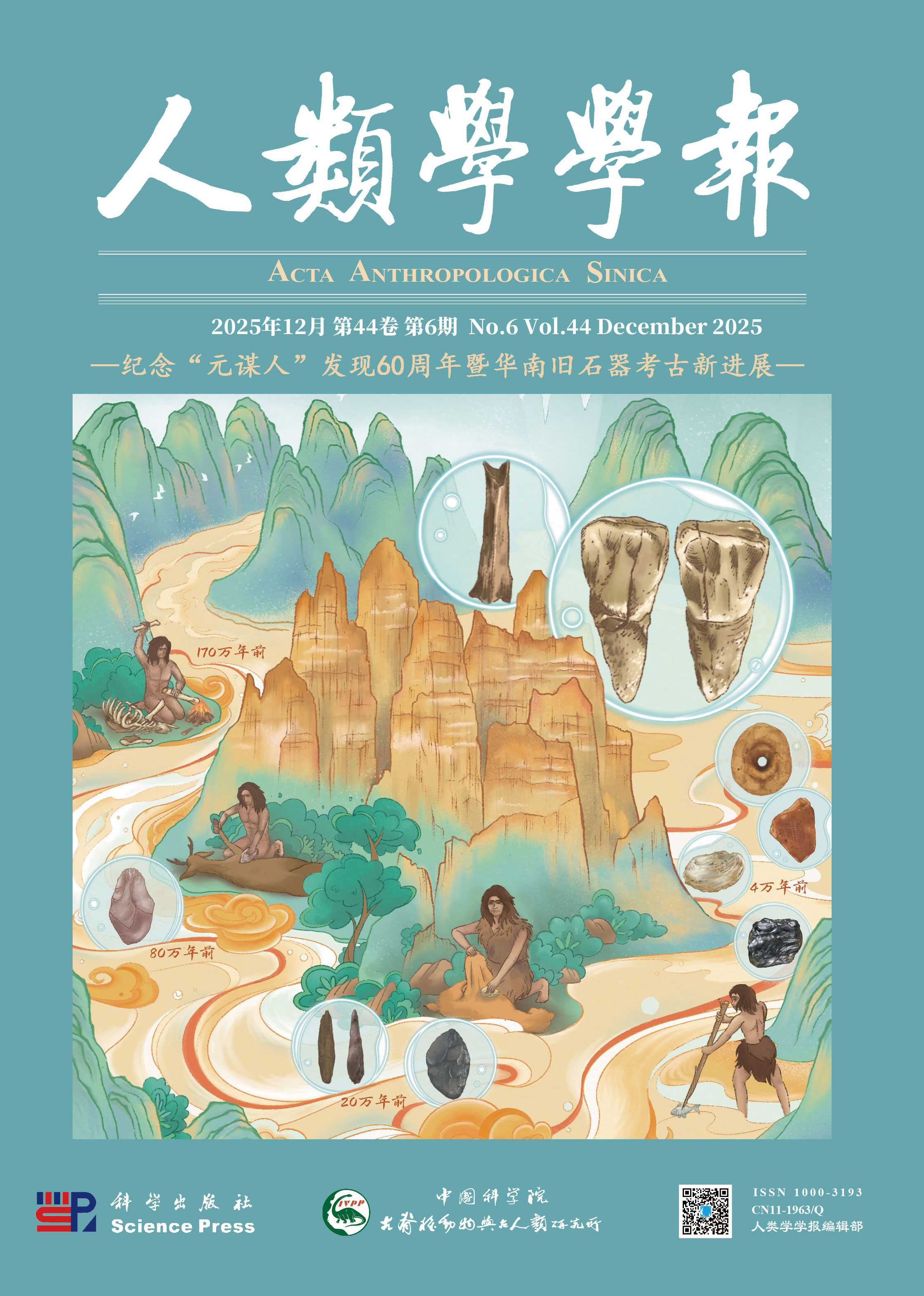Study on geographical differnce of male youth somatatypes among different areas in China
SHANG Lei; XU Yong-yong; DU Xiao-han
2004, 23(01):
55-60.
 Asbtract
(
698 )
Asbtract
(
698 )
 PDF (178KB)
(
166
)
Related Articles |
Metrics
PDF (178KB)
(
166
)
Related Articles |
Metrics
The present status and geographic difference of somatotypes in Chinese male youth in different areas were studied in present article. The data were collected from 100 districts in 31 provinces in China.Totally 72000 subjects aged 17—21 years were measured, according to Martin-Saller's method chest circumference index, shoulder breadth index, sitting height index, Manouvrier's skelic index, Pig-net-Vervaeck index of all the subjects were classified into different somatotype' s groups according to Mantin-Saller' s standard. The results were compared among different areas, all the analysis were carried out by using SPSS11. 0 program. There were significant differences in the five indexes mean and different somatotype detecting rate among different areas (P <0.01). Narrow thorax occurred in 78.5 % cases of male Chinese youth, thorax of male youth in north-China was broader, those of south-middle and south-west were narrower compared with others. Broad shoulder was present in 68.3 % cases of male Chinese youth, shoulder of male youth in east-China was broader, north-west was narrower. Long truck was 70.8 %, male youth' struck length in east-China was the longest, but in north-east was the shortest among six areas. Fregueucies of occurence of submakroskelic type and makroakelic type were 35.9 % and 45.7 % respectively. Relative to other areas, leg length of male youth in east-China was shorter, north-China' s was longer.Frequencies of occurrence of gangling type, medium type and stocky type were 50.3 %、42.9 % and 6.8 % respectively, youth in south was thinner than those in north, rural youth was thinner than urban' s, Frequency of occurrence of gangling type in south-west was 60.1 %, stocky type in north-China was 2.9 %, these were the highest among different areas. Frequence of oc-currence of broad shoulder and narrow thorax type was 50.9 %, that of long truck and subbrachyskelic type was 32.5 %, that of long truck and brachyskelic type was 28.0 %. In sum, we found that the basic characteristics of male youth' s body type in China were the type of broad shoulder, narrow thorax, subbrachyskelic or brachyskelic type and gangling or medium type of body. There were significant differences in male youth's somatotypes, youth in south were thinner than those in north, rural youth were thinner than urban's. Influence of geographical environment, climate, economic status on adolescents' somatotypes should be further studied.









